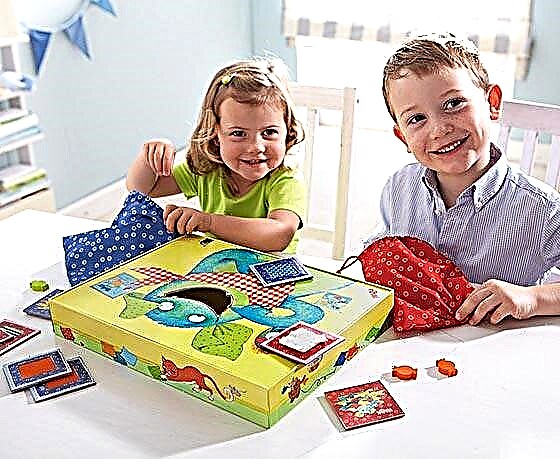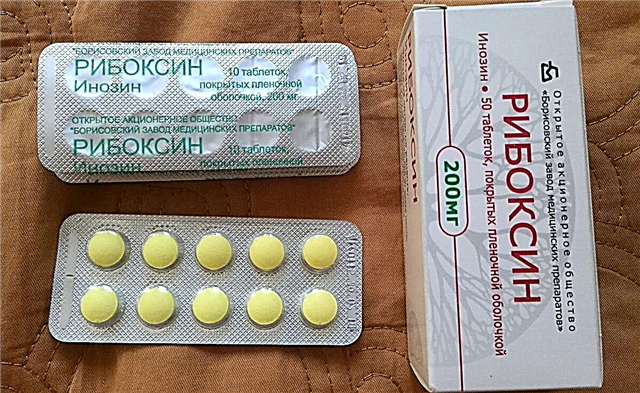
Chickenpox is mild in most children under the age of 10. The temperature rises to 37-38 ° C, the general condition worsens slightly, and the rash is not too profuse. Within 2-7 days, new rashes appear on the child's body, which are first represented by spots and papules, but very quickly become bubbles, which soon become crusted.
Seeing such a rash on the child's skin, every mother worries if there are traces of it. And if the course of the disease is severe and there are a lot of rashes, the issue of treating the skin to prevent the appearance of scars and scars becomes very acute.

How to get rid of pockmarks with chickenpox
Skin treatment for chickenpox is done for several reasons. First of all, it helps to relieve itching, which brings severe discomfort to children with chickenpox rash. In addition, this treatment prevents bacteria from entering the wounds (prevents vesicle infection). In addition, lubricating the skin of a child with chickenpox speeds up the regeneration process.

The most popular remedies for varicella rash are:
- Calamine. This drug based on the mineral calamine and zinc oxide is available in the form of a lotion or cream. Treating the skin with this product helps to relieve inflammation, irritation and itching. The lotion can be used from birth.

- Tsindol. The main component of such a white suspension is zinc oxide. The advantages of the drug are called a rather quick effect, availability and low cost. In addition, Tsindol can be used for chickenpox in infants.

- PoxClean. This preparation, produced in the form of a hydrogel, contains natural ingredients, including aloe vera. This gel eliminates inflammation, swelling and itching of the skin with chickenpox. It can be used from 2 years old.

- Brilliant green. Smearing with such a dye helps to dry the skin, prevent infection, and also notice the moment when new bubbles no longer appear. The disadvantages of using brilliant green are contamination of clothing and skin, as well as the risk of overdrying the skin.

- Acyclovir. This gel with antiviral action inhibits the reproduction of the pathogen of chickenpox, therefore, accelerates recovery. The medicine is prescribed for moderate severity of the disease, as well as in severe cases, when there are especially many bubbles.

- Fukortsin. This is an analogue of crimson brilliant green, which is easier to remove from the skin. The basis of the product is fuchsin, and the additional substances are boric acid, resorcinol, ethyl alcohol and other compounds. The solution is an antiseptic that has antifungal properties.

- Fenistil. This antihistamine medicine in gel form effectively relieves itching, providing a cooling and soothing effect. It is allowed to be applied to the skin of children over a month old.

Why traces may remain
In most children, the chickenpox blisters become crusted, and when they fall off, no trace remains under them. This happens if the patient followed all the recommendations and did not scratch the rash, because chickenpox blisters affect only the surface layers of the skin.
If, due to unbearable itching, the baby begins to scratch the skin covered with bubbles, which will cause the removal of pockmarks, wounds form in their place. Further, due to scratching, bacteria can enter the interior of such wounds, which will cause their suppuration.
Since it will affect the deeper layers of the skin, the result will be scars, dents and scars that are very difficult to get rid of. In many cases, they remain on the skin of a sick person for life. If you do not start treating such marks immediately, over time they become coarser, which complicates the fight against this problem.

How to avoid chickenpox marks
In order for the child's skin to heal without any marks, it is first of all important to prevent scratching of the rashes:
- The child's clothing should be natural, spacious and breathable. It should not interfere with movement, rub the skin and cause overheating. Change clothes and linen daily.
- The child's nails should be cut short, and if the baby is sick with chickenpox, gloves are put on his hands.
- The blisters should be regularly treated with products that will reduce itching and provide protection against bacteria on their surface.
- If the itching is severe, you can give your child an antihistamine by mouth after talking with your doctor.
- As soon as the body temperature drops, the child with chickenpox is advised to bathe several times a day. In this case, the water in the bath should not be hot, and rubbing the baby with a washcloth or towel is contraindicated.

How to treat scars and scars after chickenpox
Treatment of the traces formed after chickenpox, while they are fresh, is usually carried out with medication. For this, local remedies are used that can stimulate skin regeneration, increase its elasticity and firmness.
But in order to remove scars on the face after chickenpox, which have appeared for a very long time, it is often necessary to resort to salon procedures and surgical treatment. This is often of interest to adolescents who suffered from chickenpox many years ago and now want clean, even skin. These include microdermabrasion, laser resurfacing, the use of silicone plates and other methods.

If, after a recent recovery, marks remain on the skin of a child who has suffered chickenpox, the following remedies are prescribed:
- Bepanten. Such a cream containing dexpanthenol improves metabolic processes in the skin and stimulates its recovery. The drug is applied in a thin layer to the scars 1-2 times a day. It is allowed to be used at any age.

- Contraubeks. This gel is known for its properties to eliminate scars and accelerate skin regeneration. Its main components are heparin, onion extract and allantoin. The cicatricial surface is treated with such a gel 2-3 times a day for 4 weeks, and if the marks on the skin are old, dressings are made with the drug at night, and the treatment is continued for at least 3 months.

- Rescuer. This balm is made from natural ingredients, including propolis, sea buckthorn oil, tea tree oil, beeswax and other ingredients. The tool is used mainly for fresh scars.

- Medgel. This remedy for pits on the skin is represented by a silicone gel. Its use reduces the severity of scars, makes them more elastic and softens their tissues. The duration of the drug depends on the severity of skin damage after chickenpox.
- Dermatics. This silicone gel softens and smoothes scars, moisturizes the skin and removes pigmentation. The skin of children should be treated with this gel twice a day, allowing the applied product to dry (after application, the product forms a thin film on the skin). Duration of application of Dermatiks is 2 months.

- Kelo cat. This silicone-based gel accelerates the absorption of scars and can be used in children. The affected skin is lubricated twice a day, allowing the gel to dry. The tool is used for at least two months.

- Mederma. This gel, which contains allantoin, stimulates skin regeneration and has an anti-inflammatory effect. It is applied to the skin 3-4 times a day for 3-6 months.

- Zeraderm ultra. The base of this scar gel is polysiloxane, which can heal both new and old scars on the skin. The product is applied to the scars twice a day in a small layer and rubbed easily. The treatment lasts from 2-3 weeks to several months.

- Cacao butter. This natural remedy has a strong regenerative effect and rarely causes allergies. Before use, the oil must be melted in a water bath, and then gently and gently rub into the affected skin.




